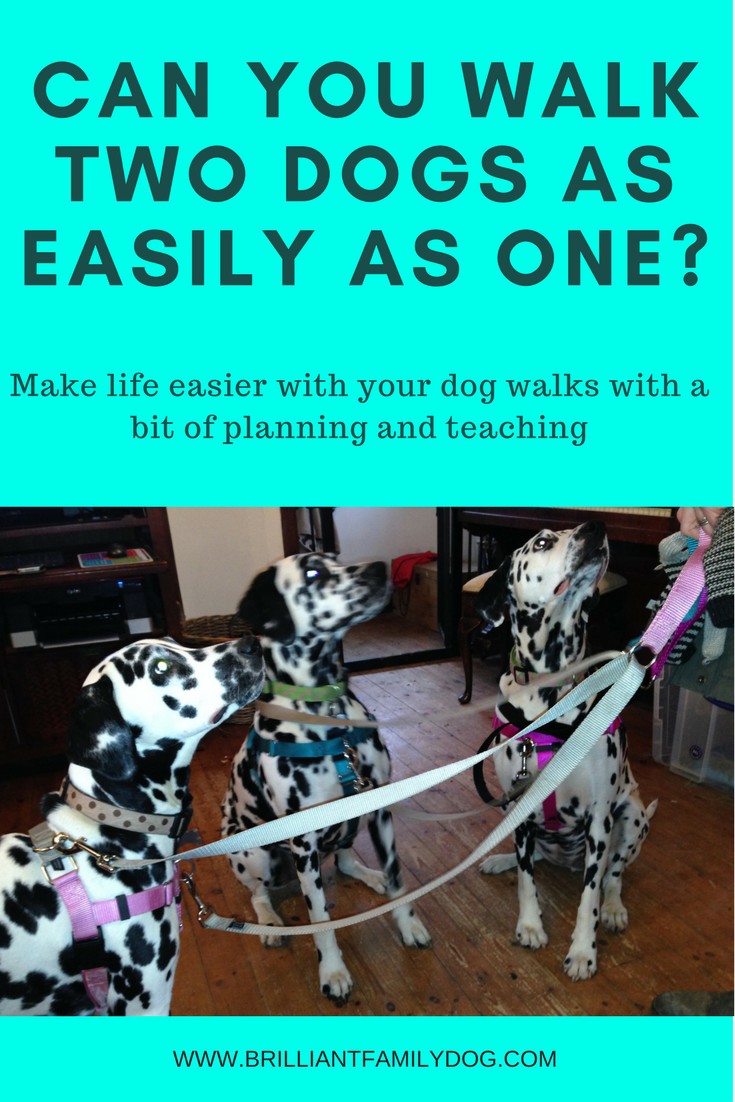Resounding answer: NO!
This article is prompted by an email from a reader:
“Hi Beverley, I am in hospital thanks to someone who didn't use an extending lead properly. It must have been 30ft and the dog at the end, totally out of control. The dog came right up to mine and over I went in the road breaking my femur. Instead of taking her dog away she left her to play and I was getting dragged round the road. I had to tell the owner to take her dog away.
Housing estates are not the place to use extending leads, it is too dangerous and I was wondering if you had any information on them please. The internet is not very good in the hospital and of course I keep getting interrupted by nurses wanting to take my blood pressure etc.”
Wow. Do you need to read any further to be convinced that these leads are an accident waiting to happen? Well, just in case you do, here is some more evidence against:
What's so bad about them?
1. They are unreliable. The mechanism can break and your dog zips under a bus
2. They are unwieldy and easy to drop. Then your frightened dog races away with the handle bouncing along behind him chasing him
3. They slice people's legs - especially children's bare legs. Or necks ... or amputate fingers
4. The cord is thin and can snap, with recoil injuries to both parties
5. The lead is hard to control in a crisis
6. If the dog races to the full extent of the lead this can result in neck and spine injuries, and see no.2 again
7. Common sense would suggest that they should never be used near a road - but they are! And that has led to the deaths of a number of dogs who were at the full extent of the lead and saw a cat that had to be chased, or a person the other side of the road that had to be greeted
Free Guide: Dog Walking Gear

Download your free guide to save you making the wrong choices!
THIS GUIDE IS A BONUS FOR YOU WHEN YOU SIGN UP TO RECEIVE EDUCATIONAL EMAILS AND OCCASIONAL OFFERS FROM ME. YOU CAN UNSUBSCRIBE AT ANY TIME.
Privacy Policy
These are all pretty frequent occurrences and documented facts. I have heard several of these stories direct from the unfortunate victims of the misadventure.
Physical damage
Think I’m exaggerating? There are stern warnings on the website of the biggest manufacturer of these infernal devices. They say "This leash should only be used by responsible people who have read and can follow all of these precautions."
You can go and read them yourself, but suffice to say that some of the headings are as follows:
• Cuts & Burns
• Finger Amputations & Fractures
• Eye & Face Injuries
• Falls
• Injuries to Bystanders
They also advise that:
• Children should not be allowed to use the flexi leash
I hope by now that you have taken your retractable leash (if you have one - most new dog-owners are duped into buying one) and put it in the bin. But if you are supremely confident that none of the things listed above could ever happen to you or yours, take a look at what these leads do to your training and - for me, the most important thing - your relationship with your dog.
A soft long lead is essential for sympathetic dog training
Training implications
1. They teach the dog to pull - every time he pulls he gets more lead
2. There is always tension on the lead - Loose Lead Walking is impossible. You can't give the dog the choice necessary to achieve harmony. One reader found this out the hard way, but saw the light and changed things:
“I used to use a harness with a retractable leash, which I think started some problems. I threw the retractable away. We do now walk and jog with a loose leash all the time.”
3. There is no sensitivity in a lump of plastic. Imagine asking a showjumper to hold a clumpy plastic handle instead of having his delicate fingers on his horse's reins!
4. They are a lazy option and teach the dog nothing that you would like him to learn.
Illegal devices
To cap it all, these leads are illegal in many US states, notably in San Francisco and New York.
“Leash length: the length has been set at three meters. Dog trainers will be happy about this because it bans the use of most retractable leashes, which are deemed dangerous and do not support having care and control of your dog at all times.” – Pat Lee, The Chronicle Herald, California
So do yourself and your dog a favour! Bin the expensive retractable lead and equip yourself with the right sort of lead to achieve safety, connection, and that lovely loose lead walking.
This post will get you started!
Don’t know what to get? Download this free guide to Dog Gear so you don’t waste money on equipment that will compound problems and only make your life harder.
Free Guide: Dog Walking Gear

Download your free guide to save you making the wrong choices!
THIS GUIDE IS A BONUS FOR YOU WHEN YOU SIGN UP TO RECEIVE EDUCATIONAL EMAILS AND OCCASIONAL OFFERS FROM ME. YOU CAN UNSUBSCRIBE AT ANY TIME.
Privacy Policy







